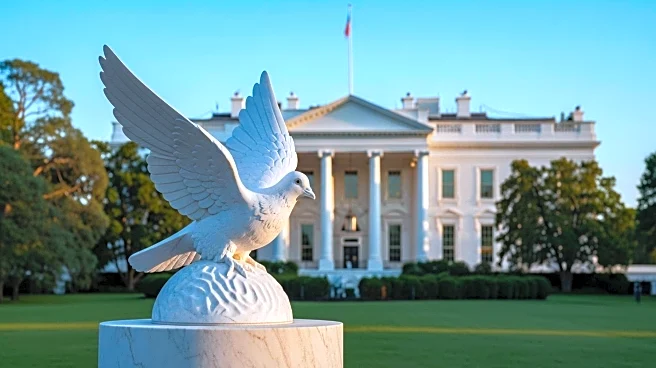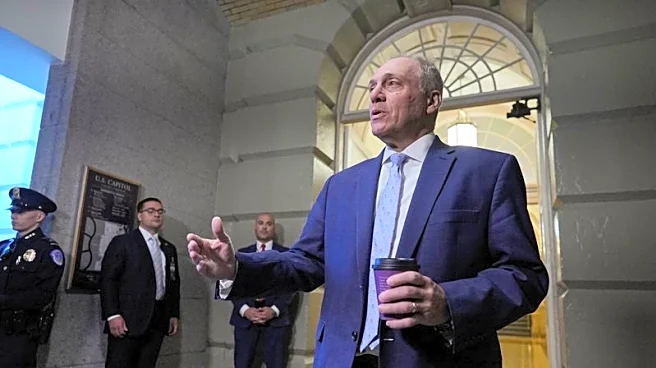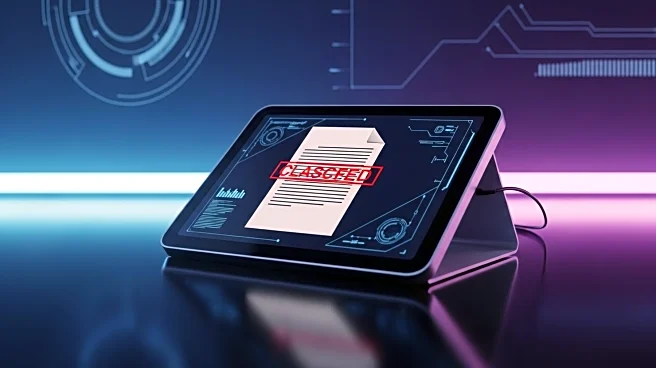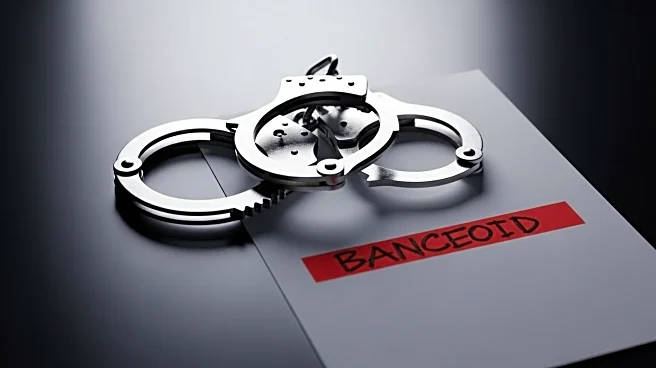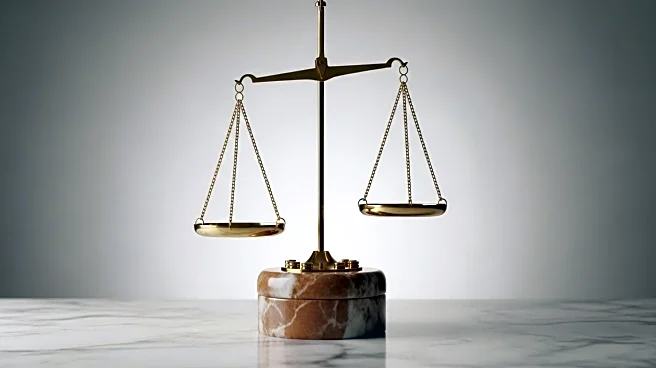What is the story about?
What's Happening?
Law enforcement officials dismantled a peace vigil in front of the White House, following orders from President Trump. The vigil, established in 1981 by William Thomas, was a longstanding protest advocating for nuclear disarmament and peace. It is considered the longest continuous anti-war protest in the U.S. The dismantling occurred after a correspondent from Real America's Voice questioned Trump about the vigil, leading him to order its removal. Volunteers, who have maintained the vigil for decades, expressed dismay at the action, which they view as an infringement on their rights to free speech and expression.
Why It's Important?
The removal of the peace vigil raises significant questions about the balance between security, public order, and the right to protest. It highlights the ongoing tensions between the Trump administration and protest movements, particularly those critical of its policies. The action may set a precedent for how similar protests are handled in the future, potentially affecting the landscape of public demonstrations in Washington D.C. and beyond. The dismantling also reflects broader debates about the use of public spaces for protest and the limits of free expression.
What's Next?
The dismantling of the vigil is likely to lead to legal challenges, as volunteers and supporters seek to restore the protest site. The case could test the boundaries of constitutional rights related to free speech and assembly. Additionally, the incident may galvanize further protests and advocacy efforts, both in support of the vigil and against perceived overreach by the administration. The outcome of any legal proceedings could have implications for future protests and the administration's approach to dissent.
AI Generated Content
Do you find this article useful?
